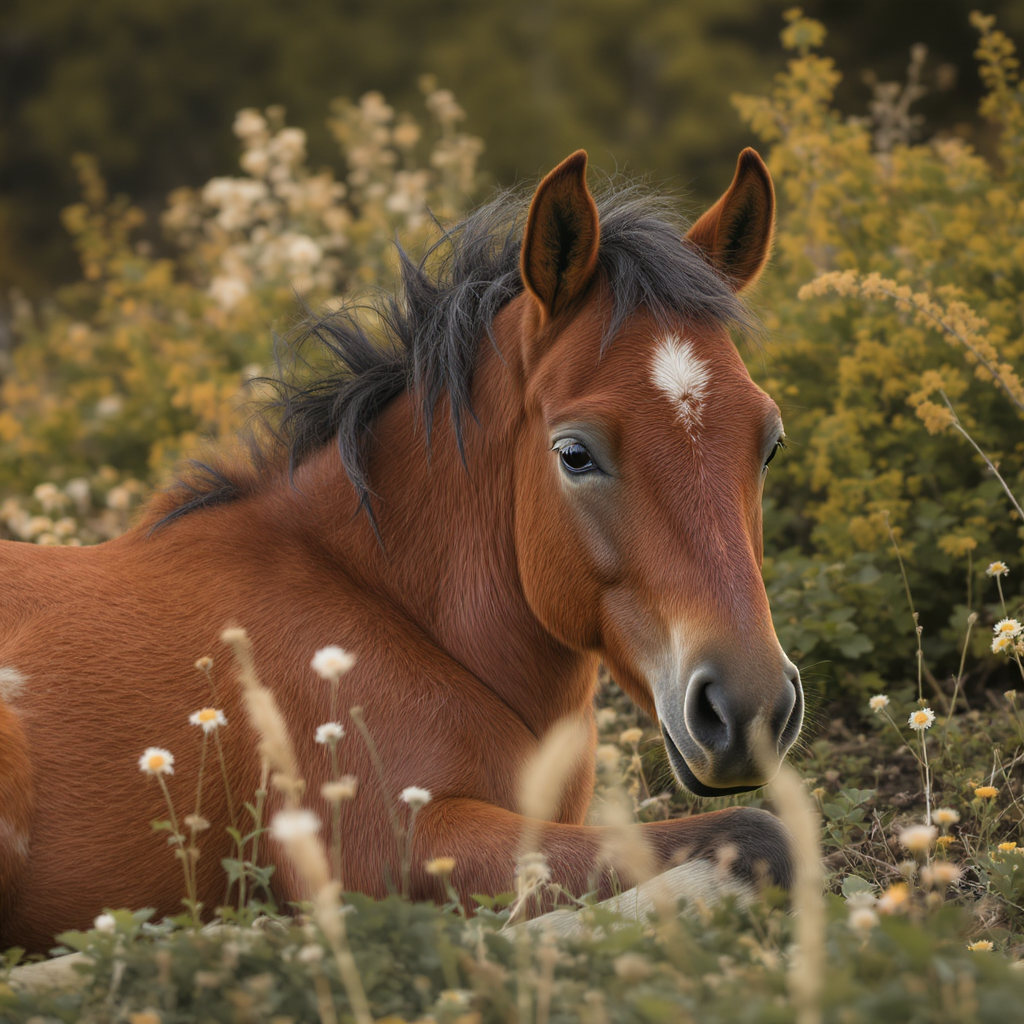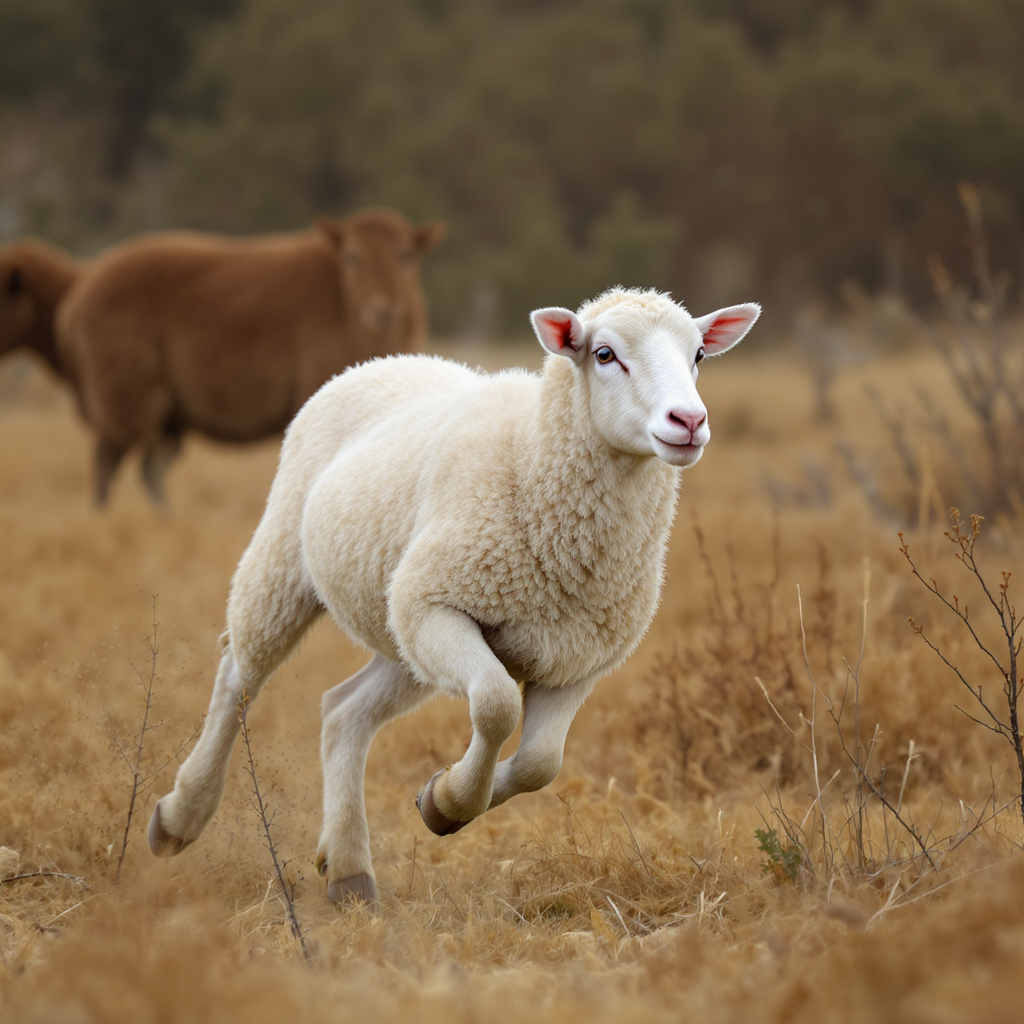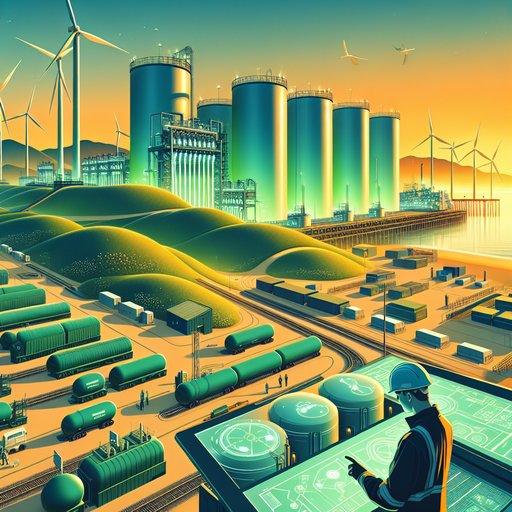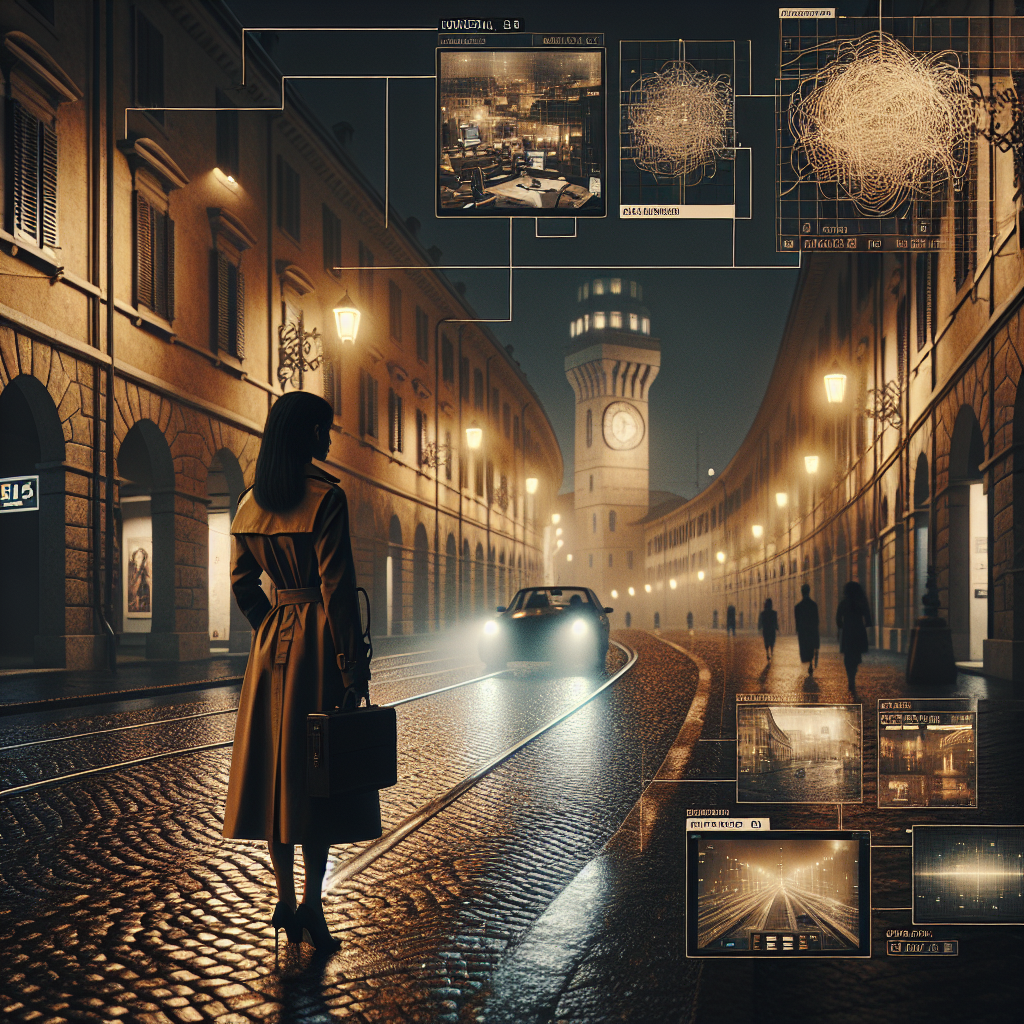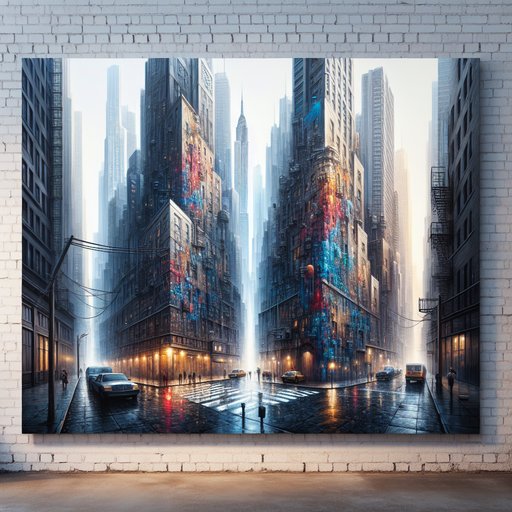
A feature titled “Between Reality and Emotion: The 3D Storytelling of Célia Lopez” arrives with exquisite timing, reminding us that the most urgent canvases today are not just screens, but cities themselves [9][10]. The phrase in that headline distills the core tension of public art: we navigate facts underfoot and feelings at eye level, and we want art that can hold both without flattening either. As mobile tools for professional capture expand—Apple’s Final Cut Camera 2.0 now supports new iPhone 17 lineup features, with further updates for the iPhone 17 Pro noted this week [1][3]—the pipeline from concept to city wall is shorter than ever. The question isn’t whether 3D storytelling can reach the street; it’s whether, once there, it will diagnose civic health or merely decorate it.
Street art has always been a barometer: a city’s blood pressure scribbled across its arteries. When walls bloom with care, trust rises; when they bristle with warnings, we know institutions have missed a beat. Unlike gallery art, which asks us to enter quietly, street work barges into our routines and forces a civic check-in. It is not a genre so much as a diagnostic instrument calibrated to the public’s pulse.
That’s why the Codrops spotlight on Célia Lopez’s 3D storytelling matters: the headline alone—“Between Reality and Emotion”—names the very hinge on which effective public art swings [1][2]. In street space, emotional truth must sit beside empirical grit; spectacle without context is just urban spam. 3D storytelling can enrich that balance, layering spatial intuition onto felt experience, but only when it listens to the site’s lived history. If the work doesn’t metabolize place, it becomes a traveling screensaver, indifferent to the block it occupies.
Tools are converging to make this civic listening both nimble and shareable. Apple’s Final Cut Camera 2.0, now aligned with new iPhone 17 camera features and additional 17 Pro capabilities, compresses pro-grade capture into the device people already carry [3][4]. That portability can funnel process into the open—drafts, tests, community feedback—so that public storytelling isn’t delivered, it’s developed. Meanwhile, design culture is debating material ethics; Core77’s exploration of how digital materials support sustainable design signals a shift toward practices that value iteration and resource-awareness over one-off spectacle [5].
Put simply: the pipeline is mobile, and the conscience is catching up. Across the broader culture, the street’s aesthetics continue to ricochet through commerce and nostalgia. Highsnobiety’s “Extra-Beautiful Bauhaus Birkenstocks (EXCLUSIVE)” is a tidy example of how modernist vocabulary migrates into everyday wear, turning sidewalks into roaming exhibitions of design ideology [6]. In music, Rolling Stone’s note that Gus Dapperton remade the New Radicals’ “You Get What You Give” for a Journeys campaign shows how remix frames public memory for new shoppers and new streetscapes [7].
These are not mere diversions; they are reminders that public narratives are constantly re-authored by brands, fans, and bystanders. But there’s a trap: the dopamine of novelty masquerading as disruption. Fstoppers’ puckish headline—“Did Photoshop Just Get Kicked to the Curb by a Banana?”—captures a culture dazzled by gimmick over groundwork [8]. In public art, that impulse yields shiny renderings that photograph well and converse badly, installations that win the press release and lose the block.
3D storytelling is especially vulnerable because it can stun on the surface while skating past the structural story underneath. Civic health requires art that asks harder questions than “Will this go viral?”
The noise of the culture industry doesn’t help. John Cleese’s broadside accusing the BBC of cowardice about offending “the extremely woke” is another skirmish in a perpetual outrage economy that polarizes faster than it clarifies [9]. Even franchise television wobbles under churn; reports of the Stranger Things creators quitting Netflix stirred fears for a spin-off’s fate, a reminder that institutional narratives can fracture mid-sentence [10].
In this climate, cities need public artworks that steady conversation instead of inflaming it—works that widen the circle of who gets to speak, and who gets to be heard. So what would it mean for Lopez’s “between reality and emotion” to become a civic method rather than a studio mood board [1][2]? First, process in daylight: use accessible capture to prototype in situ and invite neighbors into the edit—precisely the kind of openness mobile-first tools now enable [3][4]. Second, build with an ethic of durability and repair, borrowing from the sustainable logics emerging around digital materials so that public pieces evolve rather than expire [5].
Third, treat the street not as a backdrop for brand aesthetics but as a co-author, acknowledging how fashion, music, and memory already script its daily theater [6][7]. If we do this, 3D storytelling will not just map emotion onto reality; it will help communities rewrite reality with the emotional intelligence they already possess.
Sources
- Between Reality and Emotion: The 3D Storytelling of Célia Lopez (Tympanus.net, 2025-09-10T08:18:44Z)
- Reality meets Emotion: The 3D Storytelling of Célia Lopez (Tympanus.net, 2025-09-10T08:18:44Z)
- Apple unveils Final Cut Camera 2.0 with support for new iPhone 17 lineup camera features (9to5Mac, 2025-09-09T20:08:31Z)
- Apple Final Cut Camera 2.0 Update Adds New iPhone 17 Pro Features (PetaPixel, 2025-09-11T19:35:40Z)
- From Imperfection to Innovation: How Digital Materials Support Sustainable Design (Core77.com, 2025-09-09T13:15:00Z)
- Extra-Beautiful Bauhaus Birkenstocks (EXCLUSIVE) (Highsnobiety, 2025-09-10T22:40:11Z)
- Listen: Gus Dapperton Remakes New Radicals’ ‘You Get What You Give’ for Journeys Campaign (Rolling Stone, 2025-09-10T13:30:00Z)
- Did Photoshop Just Get Kicked to the Curb by a Banana? (Fstoppers, 2025-09-06T12:06:01Z)
- John Cleese Eviscerates BBC For Being “Cowardly” About Offending “The Extremely Woke” (Deadline, 2025-09-10T09:40:37Z)
- Shock exit Stranger Things creators quit Netflix and fans fear the spin off is doomed (TalkAndroid, 2025-09-06T06:30:00Z)















